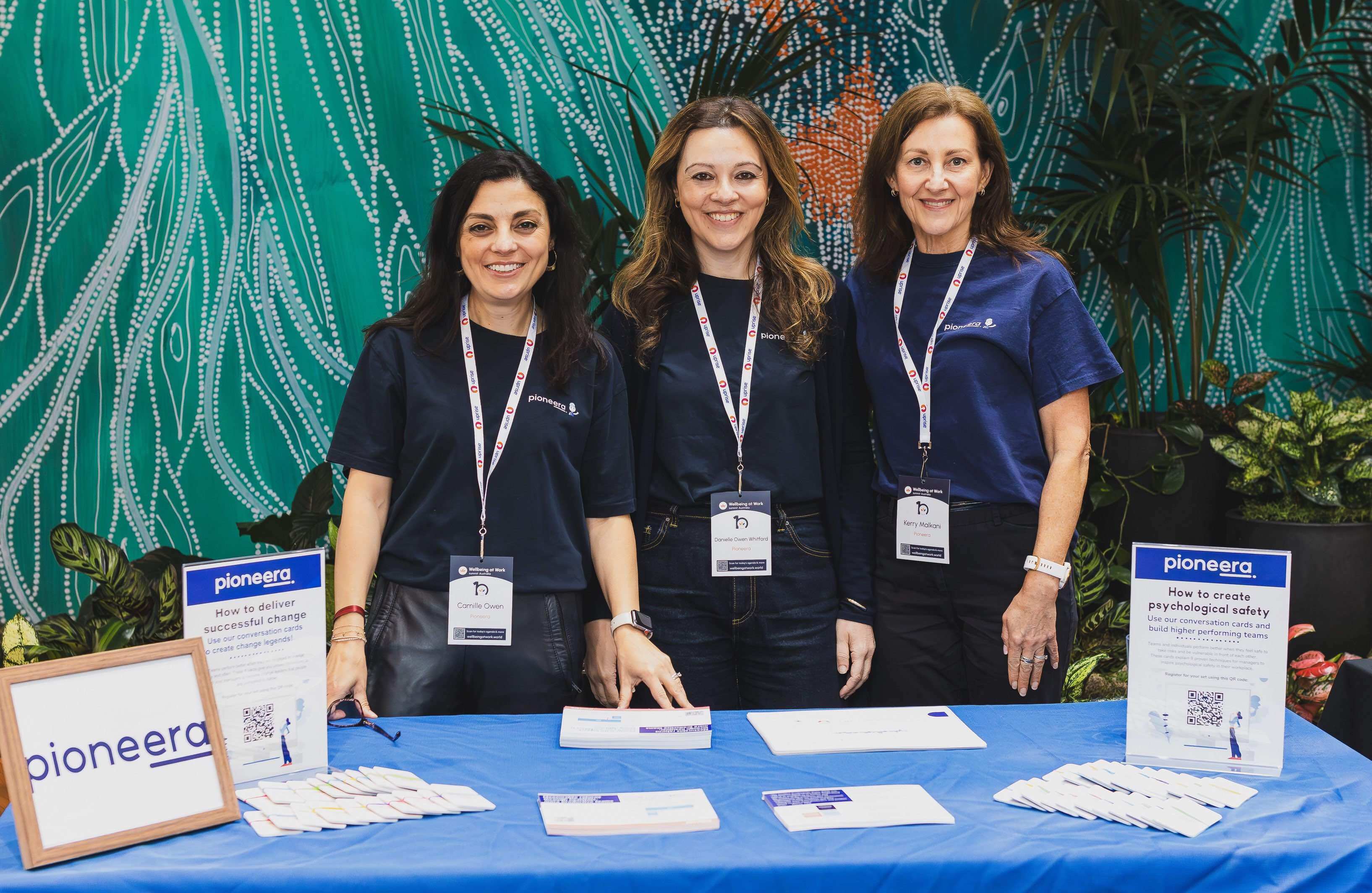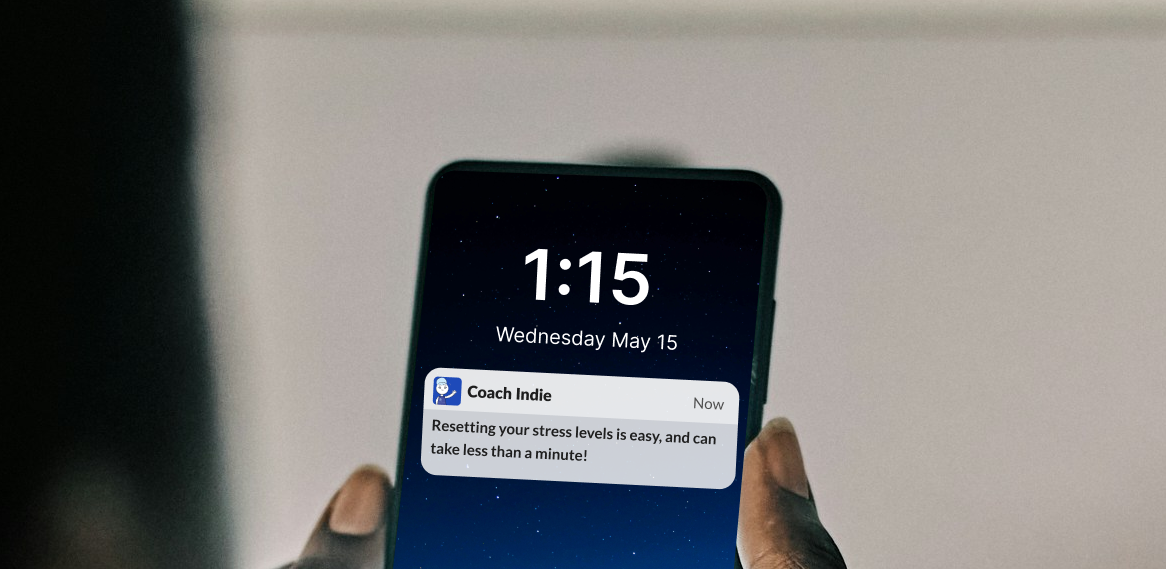Team Hybrid VS Team in-office
Companies such as Atlassian have taken the lead in going fully remote, with only three days per year needing to be in an Atlassian office. Their Co-CEO, Scott Farquhar, has recently been on a road trip around Australia recruiting those outside capital cities to the Atlassian team.
Elon Musk has taken the opposite approach, informing his SpaceX employees that they must do at least 40 hours in the office or "get fired", and there's also the recent Twitter employee woes. Whether you agree or not, it's a transparent approach.
Then there are all the companies in between that are navigating the new hybrid world of work.
Is hybrid working contributing to resignations?
Businesses are trying to keep people engaged and productive whilst not losing them during the Great Resignation, which saw 1.3M Australians change jobs in 2020 alone. The stakes are high, and the trend isn't slowing down.
Some businesses are giving people the autonomy to choose for themselves, which can lead to confusion. Businesses directing employees to come in for 3+ days a week (minimum) are conversely suffering backlash from those wanting to work from home. The risk of losing star employees in a hot employment market is a valid concern.
The recent "State of Wellbeing in Australian Workplaces" report conducted by Wellbeing Labs and Pioneera highlights the wellbeing risks that hybrid working contributes to, with 71% of people returning to work premises after Covid reporting burnout symptoms.
Almost two-thirds of workers believe they're not getting the support they need from their direct supervisors, and 93% of people who felt burnout reported unreasonable job demands.
Should we give up and go home? No!!! You can do things to help your people and your workplace thrive…
1 - Communicate expectations.
Individuals have different needs and requirements. So dictating days in the office can be challenging, and lack of clarity and confusion is worse. Think about what your business requires to succeed and where work actually needs to be located.
The office is often great for collaboration, brainstorming and relationship-building tasks. Things seem to flow more effectively with greater commitment if people are together under one roof. If that kind of work takes up a significant chunk of time for your business, then discuss and agree on the days you'll commit to as a team.
If collaborative days are infrequent, then your needs might be different. Research states that the greater the clarity, communication and control someone has over their work location, the greater their wellbeing is.
2 - Look for early warning signs of stress.
-1.png?width=800&height=400&name=Claim%20your%20free%20organisational%20welbeing%20%26%20stress%20check%20(2)-1.png)
Go beyond simply asking if they are ok or relying on the results of an employee engagement survey. Look specifically for changes in behaviour, such as
- Are they turning up to meetings on time?
- Is their camera turned on?
- Are they making eye contact if you see them in person?
- Are work deadlines suddenly being missed?
- Are they responding to communication?
- Are they starting to call in sick on the days they should be in the office?
These would all be signs to investigate.
Automated software platforms that privately observe team communication are paving the way for companies to increase employee wellbeing. Using AI technology, sentiment and language analysis, they can pick up on employee sentiment and the early warning signs that surveys miss.
Australian-based technology companies are leading the way in providing digital solutions to help improve employee wellbeing. AI solutions like our Indie Bot can connect with communication channels to deliver private nudges and real-time personalised coaching. There are all-in-one platform wellbeing solutions like Thrive and high-tech engagement surveys like the ones developed by the Culture Amp team.
Find out more on how Indie helps to support remote and hybrid team mental health.
With so many out-of-the-box solutions, there is no reason for a company not to measure and act to improve employee wellbeing and stress levels.
3 - Simple solutions to workplace stress are best.
If someone is struggling or feeling overwhelmed, too many choices will worsen it. Being there to listen and support someone is a great start.
Reminding team members of your company's services - wellbeing, EAP programs, personal coaching, counselling, one to ones or even financial advice - might help.
Often out of "site" means out of "sight". We don't literally "see" the significant load someone carries, so proactively ensuring you're showing concern and looking out for your team is paramount.
4 - Caring doesn't require a budget.
Human beings are hardwired to connect with a community. Showing genuine care is a great way to foster healthy connections with someone.
Listen out! Remembering your colleague's birthday, child's school concert or special event goes a long way.
If you're in the office with your colleagues, a coffee, laugh, or mid-morning walk around the block can sometimes be just what the Dr ordered. If you're all at home, remind people to have some downtime away from the computer.
A simple message can go a long way to helping someone feel supported and not so alone.
Final recommendations - Managers need to nurture from the top.
A recent "State of Employee Wellbeing" report has identified line managers as the most influential group impacting stress and wellbeing in business.
"Today, the manager-employee relationship has become more critical than ever. For hybrid and remote workers, managers are the primary connection to their employer and play a significant role in their employee experience. Managers are also the first line in surfacing and elevating fairness concerns," said Danielle Owen Whitford, CEO of Pioneera.
Managers are also critical in providing the lived experience of company culture. It is no surprise that according to the 2022 Microsoft Work Trend Index, "Culture will stand or fall with managers". This survey found that positive culture was number 1 in the top five aspects of work that employees view as "very important" for an employer to provide.
But perhaps the most important thing companies can do to support wellbeing is to stop glorifying the workaholic and the 1 a.m. hero.






